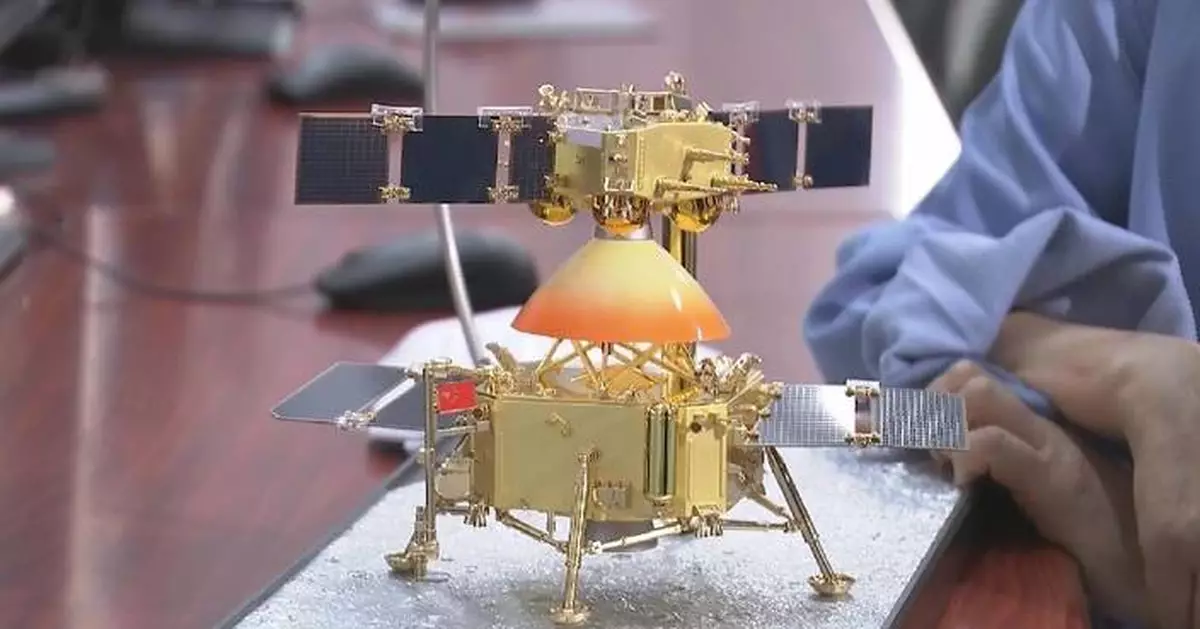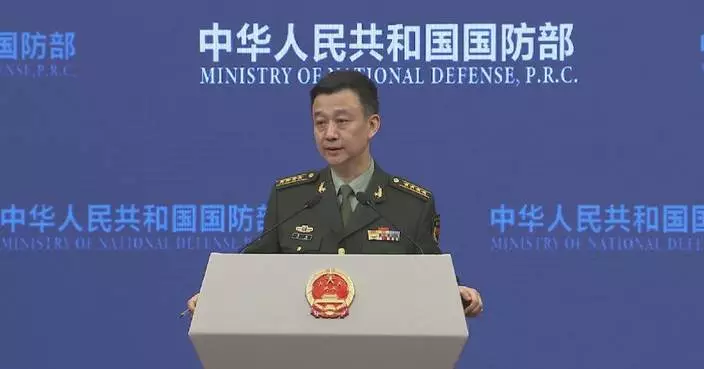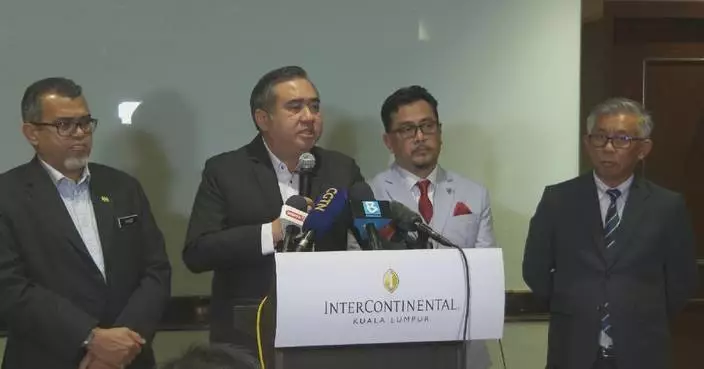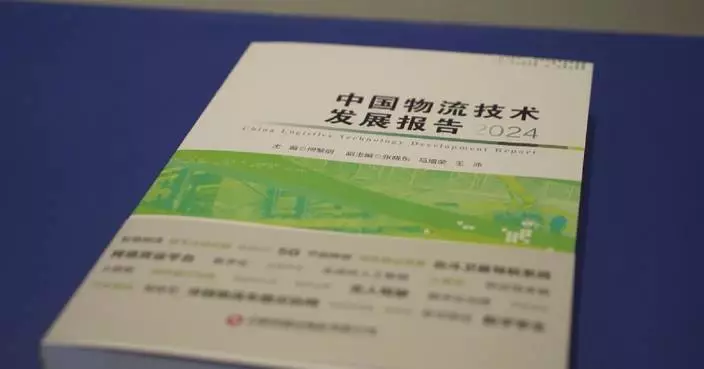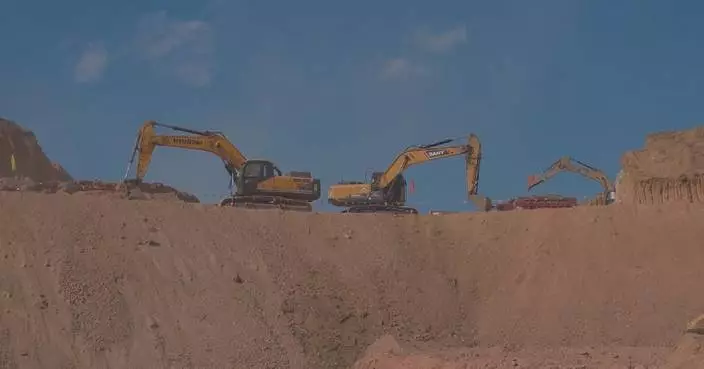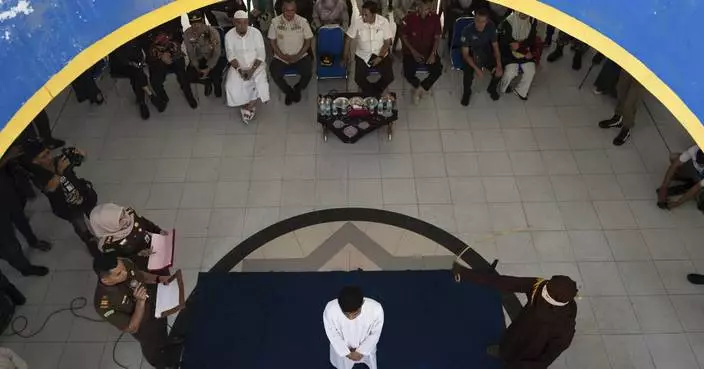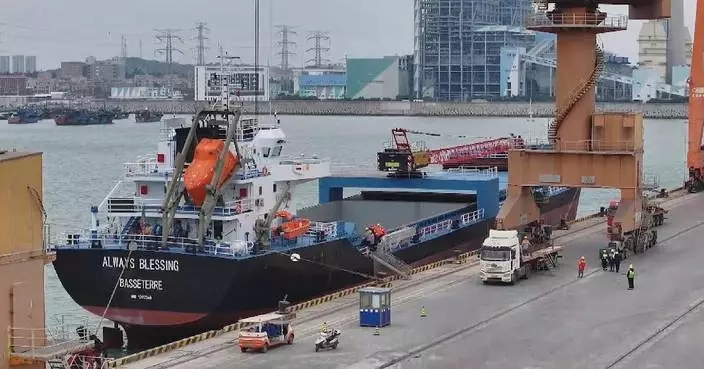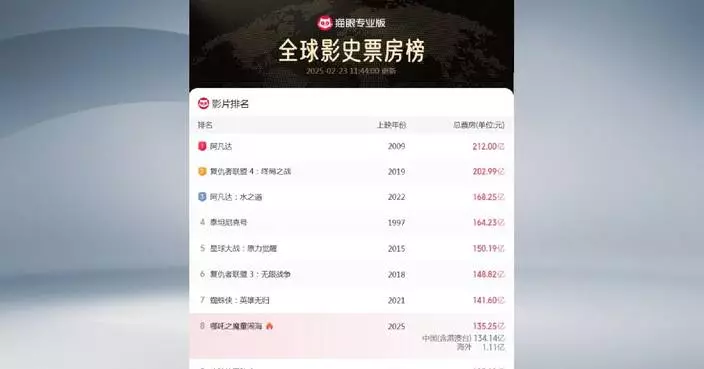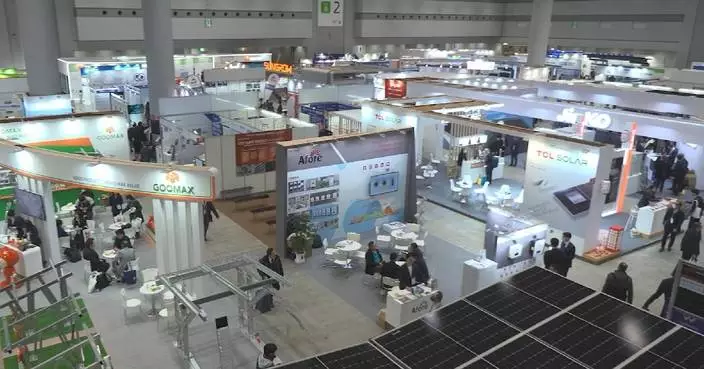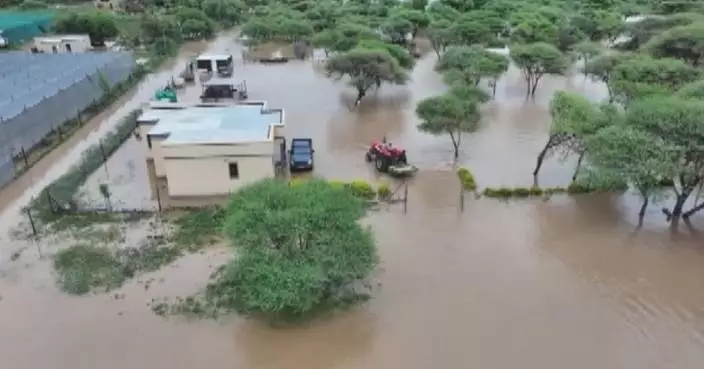The first batch of data has been sent back from China's Chang'e-6 lander-ascender combination after its successful landing in the designated area of the South Pole-Aitken Basin on the far side of the moon on Sunday morning.
Upon receiving the data from Chang'e-6, Chinese scientific research personnel at the National Astronomical Observatories of the Chinese Academy of Sciences (NAOC) have been analyzing and researching them.
"There are two pictures on the screen. One was captured during the landing process, and the other was taken after the safe landing by the landing camera, one of the essential instruments of Chang'e-6. This camera was installed at the bottom of the lander and began working during the descent phase. Through automatic exposure, it took a photo every second, capturing data that ensured a safe landing and documented the entire landing process technically. Scientifically, the data obtained by the landing camera can help us analyze the geological background and landforms of the landing area, providing rich background information for analyzing the returned samples," said Liu Jianjun, deputy commander of the Chang'e-6 mission.
Additionally, Chang'e-6 carries three other instruments to facilitate scientific research.
"There are three other scientific payloads installed on the Chang'e-6 lander. One is the foreground camera, which captures high-definition images of the landing and sampling areas. Another is the mineral spectral analysis instrument, which obtains spectral data at the sampling area to aid in analyzing the mineral composition there. The last one is the structural detector, installed at the bottom, which detects the structure of the soil beneath the moon's surface and provides information for further drilling and sampling procedures," said Zuo Wei, chief engineer of the Chang'e-6 mission.
After the landing, the probe is scheduled to complete sampling within two days. It has adopted two methods of moon sampling: using a drill to collect subsurface samples and grabbing samples on the surface with a robotic arm.
At the same time, scientific explorations including on-site investigations and analysis of the landing area on the far side of the moon and the structure of lunar soil will be carried out to deepen the understanding of the moon's origin and evolutionary history.
Chang'e-6 consists of an orbiter, a returner, a lander and an ascender. Since its launch on May 3 this year, it has gone through various stages such as Earth-moon transfer, near-moon braking, lunar orbiting and landing descent. The lander-ascender combination separated from the orbiter-returner combination on May 30, said the China National Space Agency (CNSA).
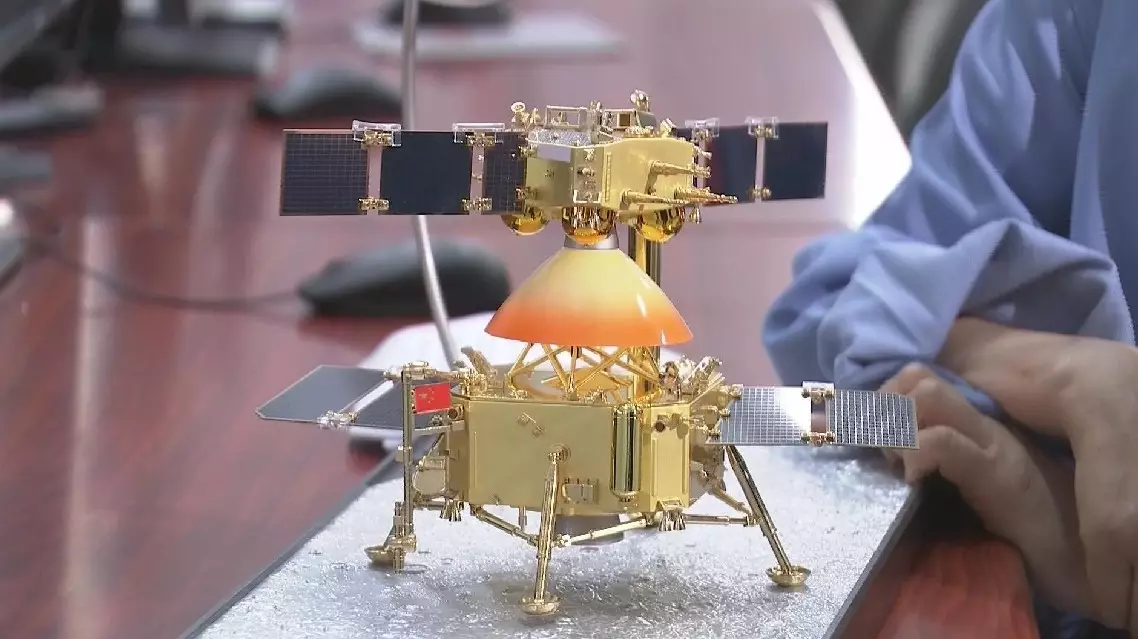
China's Chang'e-6 lunar probe returns first data from far side of moon
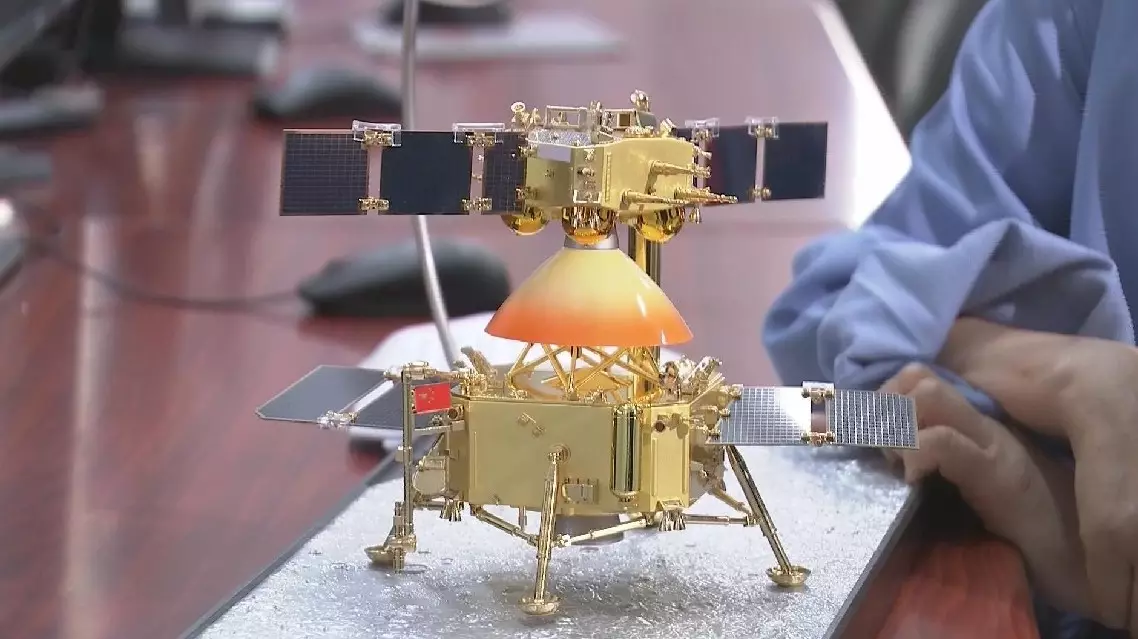
China's Chang'e-6 lunar probe returns first data from far side of moon


